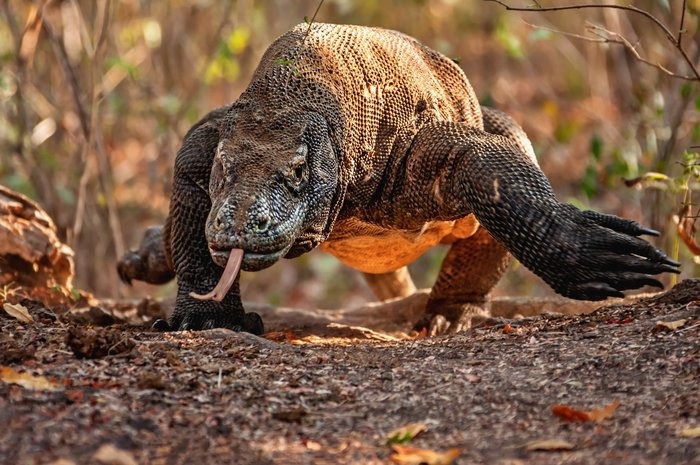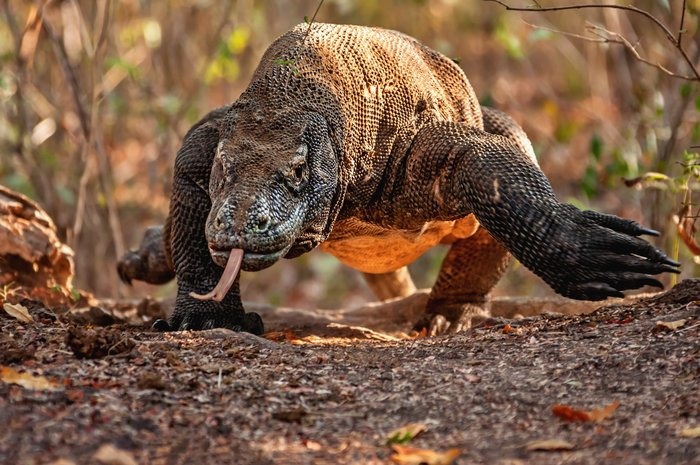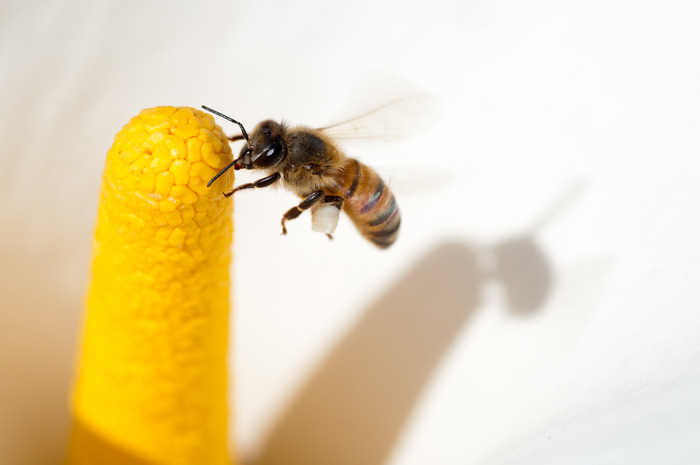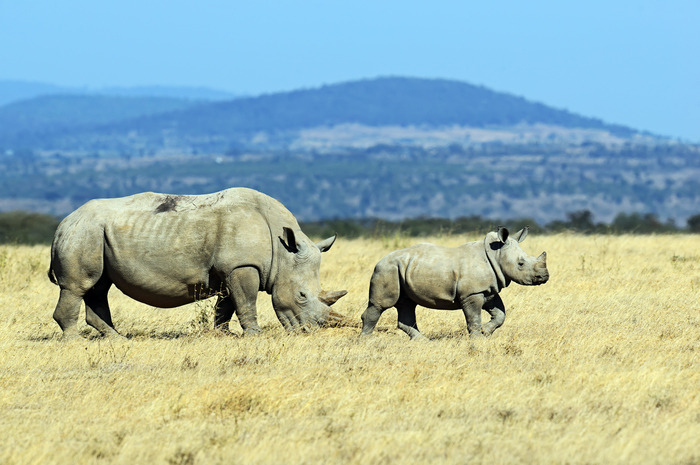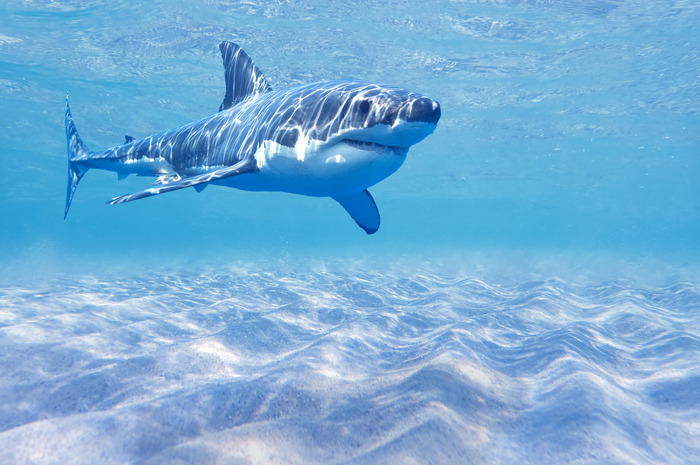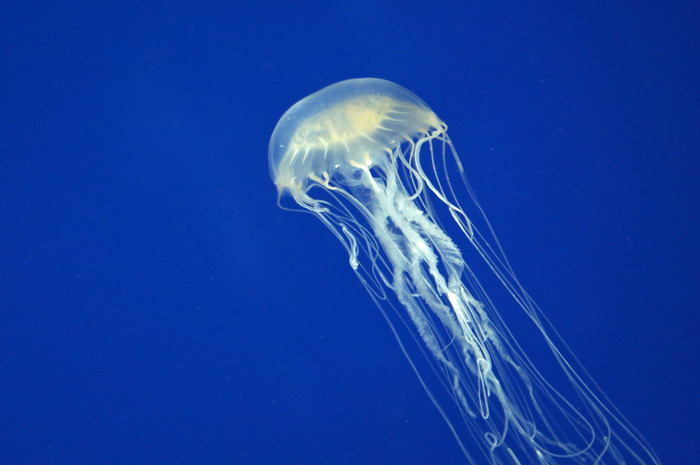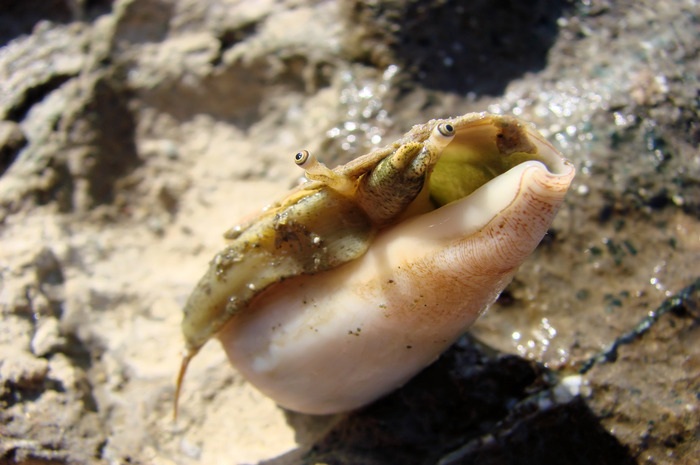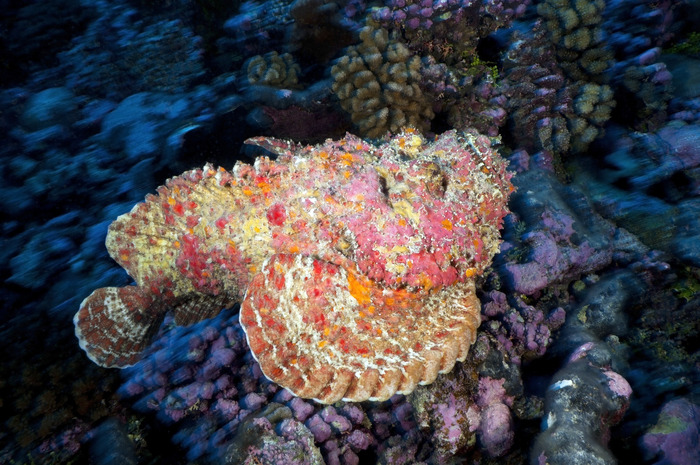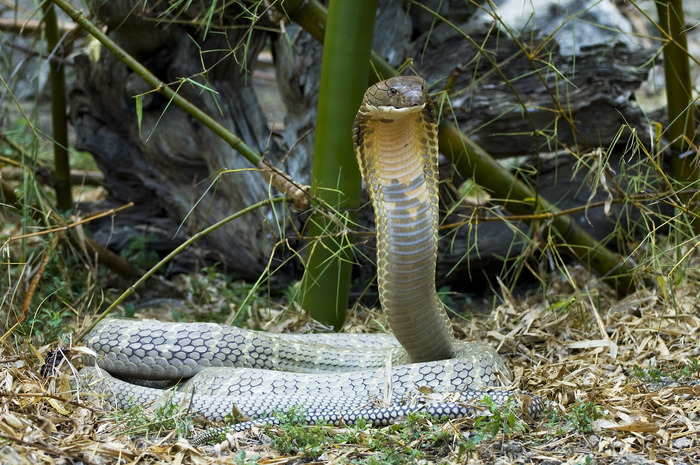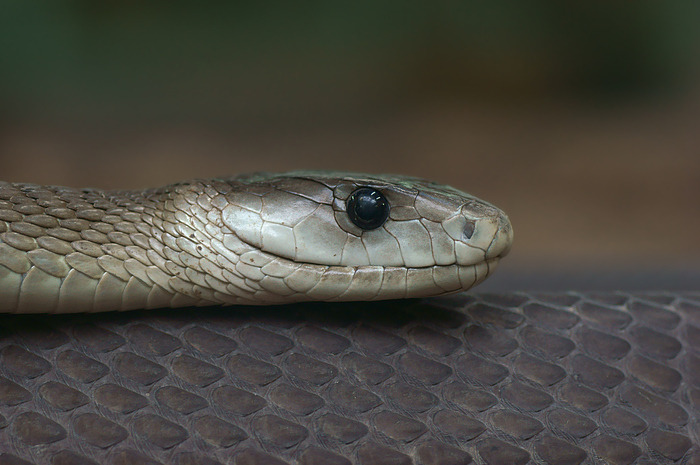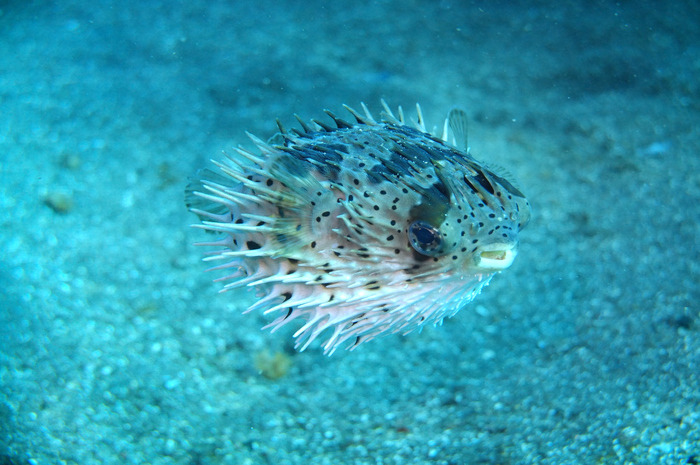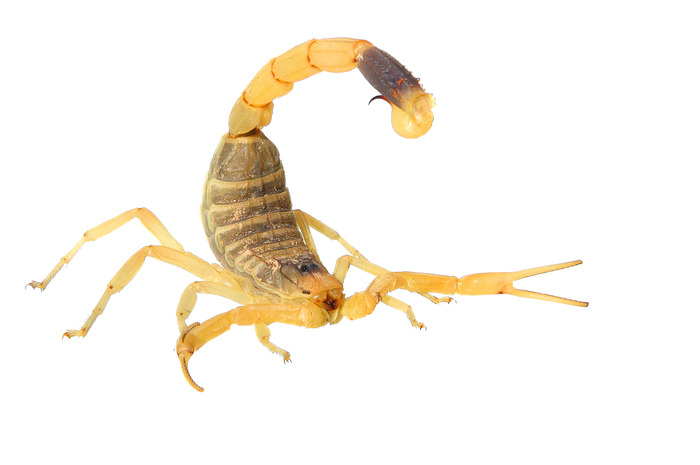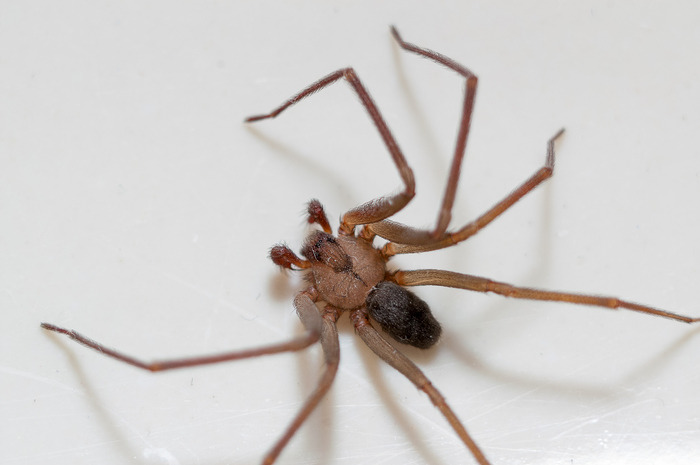18 Of The Most Dangerous Predators In The World
18 of the Most Dangerous Predators in the World
It may be difficult to distinguish between harmless animals and lethal ones. Many of the deadliest animals are actually some of the cutest. I mean, don't you agree the pufferfish is endearing? They just look so cute. But the truth is that they are extremely dangerous sea creatures – there is enough toxin in one pufferfish to kill 30 adult humans.
*Related: The World's Most Dangerous Snakes
Depending on where you live – Central America, Mexico, the United States, just to name a few, these dangerous predators may have a home close to you.
In no particular order, this list contains 18 of the most dangerous predators in the world.
Africanized Honey Bee
Also known as the "killer" bee, the Africanized Honey Bee is extremely temperamental. They have spread over South and Central America through Mexico and into the United States, according to columbia.edu. They will attack you even if you don't provoke them and will only sting you once. They die shortly after stinging their victim.
Rhinoceros
Due to their large size and aggression, they are well-known predators to large wild cats and they are known to attack humans – probably because they are frequently hunted. They have very few predators that they have to be worried about.
Great White Shark
The great white shark is also known as... white death. Great white sharks are responsible for the greatest number of recorded shark attacks on humans. They have attacked boats, sinking them, and then attacking the people falling overboard. Fun fact: You can go cage diving in South Africa and see great white sharks up close.
Box Jellyfish
As the temperature gets warmer, jellyfish are found closer to the shore. Therefore, the warmer the ocean, the higher the possibility of encountering a jellyfish. A jellyfish sting can cause headaches, vomiting, muscle spasms, an allergic reaction, chills, fever and difficulty breathing. Box Jellyfish are among the most dangerous because they have extremely powerful venom. Stings from them have killed people.
Hippopotamus
Hippos are known for their aggressive and hostile personalities. They are widely considered as one of the most dangerous animals in Africa. It has been reported that they kill about 500 humans a year worldwide.
Cone Snail
There are approximately 500 species of cone snails, the textile cone snail being the deadliest. Its venom is strong enough to paralyze instantly, according to National Geographic. They have been responsible for a number of human deaths.
Hyena
Hyenas are known as scavengers; they are extremely dangerous to humans and have a bite capable of literally crushing bones. They like to steal fresh kills from lions, cheetahs and leopards. "Their intelligence and ability to coordinate hunts enable them to kill prey much more often than people realize," according to quora.com.
Siberian Tiger
These are the world's largest cats. According to National Geographic, there are an estimated 400 to 500 living in the wild. They live alone and scent-mark large territories to keep their rivals away. "They lie in wait and creep close enough to attack their victims with a quick spring and a fatal pounce. A hungry tiger can eat as much as 60 pounds (27 kilograms) in one night, though they usually eat less," National Geographic also explains.
Cape Buffalo
Also known as Black Death, the Cape Buffalo can be deadly. Some people have said that Cape Buffalos have killed more big game hunters than any other animal in Africa. According to huntercourse.com, "an angry buffalo will circle and stalk its prey, waiting for the perfect moment to tear apart its opponent with its massive, thick horns."
Stonefish
Stone fish are members of the scorpion fish family. They tend to live in tropical waters and in worldwide aquariums. According to the U.S. National Library of Medicine, they carry extremely poisonous venom, which can cause pain, swelling, difficulty breathing, irregular heartbeat, low blood pressure, bleeding, abdominal pain, seizures, paralysis and nausea.
King Cobra
This is the longest venomous snake in the world – reaching up to 18 feet in length. When they are confronted, they can literally raise one-third of their body straight off the ground and still move forward to attack, according to National Geographic. The good news is that they tend to be shy and avoid humans when possible, but if they feel cornered they become extremely aggressive.
Black Mamba
The Black Mamba is the fastest snake in the world. According to National Geographic, they are fast, nervous and lethally venomous. When they are threatened, they become highly aggressive. Black Mamba snakes have been blamed for many human deaths.
Puffer Fish
The Puffer Fish, also known as blowfish, is an extremely dangerous sea creature. According to National Geographic, most pufferfish are armed with tetrodotoxi, a substance that's lethal to humans. There is enough toxin in one pufferfish to kill 30 adult humans.
Poison Dart Frog
These frogs wear some of the most beautiful colors, but don't let that fool you. They are one of the most dangerous predators in the world. They release toxins from their skin that are lethal to their predators. According to National Geographic, the golden poison dart frog has enough venom to kill 10 grown men.
Komodo Dragon
These dragons are extremely lethal, their venom is as potent as those found in Australia's inland Taipan snake. National Geographic explains that "the dragon's venom rapidly decreases blood pressure, expedites blood loss, and sends a victim into shock, rendering it too weak to fight."
Deathstalker Scorpion
This is the most dangerous of the scorpion species. They are usually found in the Middle East and North Africa. Females are about 4 inches in size and males are about 3 inches. They are very aggressive and their venom contains neurotoxins; one sting is extremely painful, but usually not deadly to healthy adult humans.
Brown Recluse Spider
This spider is usually found in central Midwestern states, especially Oklahoma and Arkansas. The symptoms caused by the bite of this spider vary depending on the age of the victim, according to brownreclusespider.org. "The bites are usually more dangerous in kids, young adults and third age people." You may experience symptoms such as nausea, fever, shivering and in some cases surgery may be required to extract the necrotic tissue.
Saltwater Crocodiles
These are the largest living crocodiles on Earth, and quite possibly the animal most likely to eat humans. National Geographic says that they will literally feed on anything they can get their jaws on. They live an average lifespan of 70 years in the wild and can be found on land and in water.
